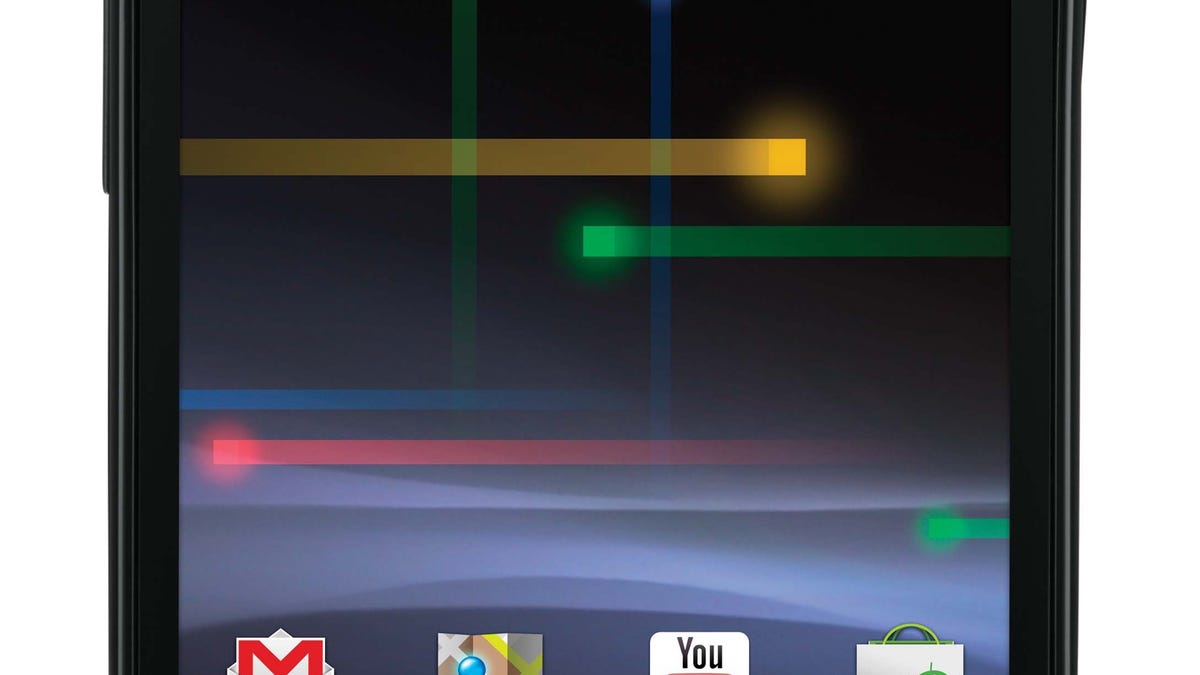Six things not to love about the Nexus S
Even with the great features coming in the Samsung Nexus S Android smartphone, there are some issues that might deter potential buyers.

As promising as the new
I think it's only fair to point out some of the items that aren't quite what I expected out of Google. I've spent considerable time playing with various iterations of the Galaxy S line of phones and have found them to be some of the best devices Android has to offer. If you ask me, any one of them would be worth your money, and I hoped that the Nexus S will be on par with its Samsung siblings. But after I compiled the below list, I'm not so sure.
Here six reasons why I'm disappointed with the unveiling of the Nexus S. While none of these are deal breakers for me personally, they might be for someone else.
No microSD expansion
Let's face it, 16GB should be more than enough storage for the average smartphone user. Unless you're loading tons of music and full-length films, you're not going to come close to reaching capacity. Even so, the Nexus S doesn't allow for additional customer choice. And there may be people who just need more than 16GB.
Indeed, the capability to add storage is one of the features we've seen consistently since on every Android phone since the
No LED notifications
Many Android users, myself included, rely on the LED indicator of our handsets to notify us of missed calls, new e-mails, and texts. As silly as it sounds, it feels almost tedious to power on the phone every once in awhile to see if I have a new message. What's more, the Nexus One has a cooler option that allows users to trick out their handset with different trackball indicator colors for various notifications. Being that the Nexus S doesn't have that either, one must resort to manually checking for messages. That's just so 2008.
5-megapixel camera
Yes, today's Galaxy S series of phones offer 5-megapixel cameras that take excellent photos and record terrific video. However, I would have liked to have seen an 8-megapixel camera in the Nexus S. HTC and Motorola have dropped higher-resolution shooters in their high-end phones throughout the year. Even last year's Sony Ericsson Xperia X10 has an 8.1-megapixel camera. But to Samsung's credit, at least this wasn't a 3.2-megapixel camera like Motorola's new Citrus.
No HDMI outout/DLNA
Another hardware feature that has become popular over the course of 2010 is the ability to run HD videos out to a television or supported device. Two of the most common ways to do so are HDMI-output and Digital Living Network Alliance (DLNA). HTC has been integrating HDMI output into its phones such as the Evo 4G and upcoming Merge, while Motorola uses DLNA for the Droid 2 and the recent Bravo. What happens when you want to share those HD videos with a room full of friends?
Single-core processor
Ask any Android enthusiast what the buzzword for 2011 will be and you'll hear dual-core processor. As the 1GHz Snapdragon chipset defined 2010's super phone, next year will be all about the dual-core Tegra 2 from Nvidia. Samsung unveiled its Orion processor earlier in the summer, promising it for select devices by the end of this year. Of all handsets to debut this chipset with, the Nexus S should have been the one. On the other hand, that Hummingbird processor is a screamer and still runs circles around the competition.
No 4G/HSPA+ support
T-Mobile and its competitors are in a tight race to build out their next-generation data networks, but the Nexus S can't join that party. As we've learned by the slew of press releases and the ad campaign, T-Mobile's recent G2 and myTouch 4G are capable of working on the HSPA+ network, so we don't understand why such a highly anticipated device doesn't have that ability as well. And like the Nexus One, the Nexus S is optimized only for T-Mobile's 3G network even though it's sold unlocked. That means that if you want to use it on AT&T, you'll have to be satisfied with 2G connection speeds.
When taken as a whole, and especially when you compare it with the Android handsets expected in early 2011, the Nexus S lacks a few important hardware features. But as I mention above, I don't think they're deal breakers and I still might recommend the Nexus S to new Android customers if it performs well. But in a sector that changes as rapidly as Android, this one could potentially leave you with buyer's remorse.

